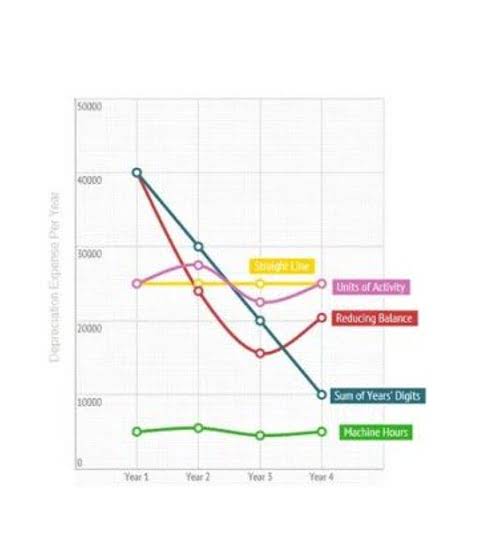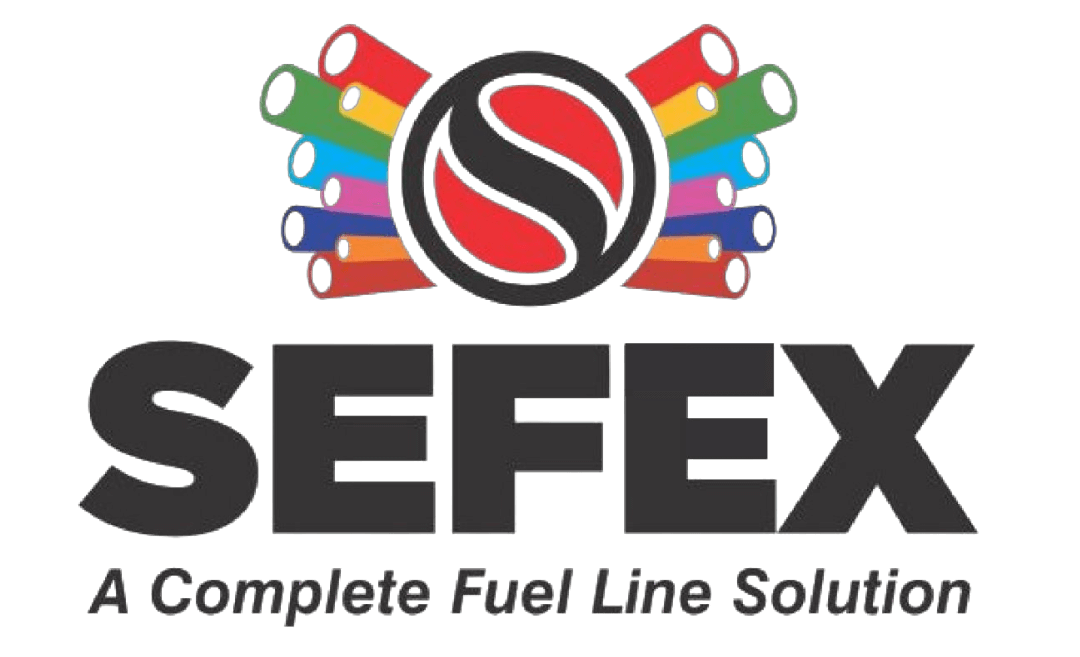
Billings are the actual payments that you charge clients, and the money customers owe to your business. To keep their finances afloat, SaaS companies must devise strategies to raise billings and advance client payments. Offering discounts for SaaS annual plans is one way to accomplish this goal. GAAP regulated by the Financial Accounting Standards Board (FASB) and the IFRS, regulated by the International Accounting Standards Board (IASB) recognise revenue recognition as a core accounting principle. The FASB and the IASB issued a converged standard on revenue recognition [1] that specifies the circumstances under which you can recognise revenue and how you can record that revenue in financial statements.
- Especially when comparing it to cash-basis accounting, SaaS businesses in high growth periods can find accrual accounting more helpful.
- This method provides a more accurate picture of a company’s financial health, especially for SaaS businesses with recurring revenue and deferred income.
- For example, revenue is recognized over the life of the subscription rather than at the time of product sale.
- As we move into a digital-based world, software as a service (SaaS) becomes more prevalent and profitable.
- To do it you need to stay on course towards independence and profitability.
It is the combination of a predominant mindset, actions (both big and small) that we all commit to every day, and the underlying processes, programs and systems supporting how work gets done. Helping clients meet their business challenges begins with an in-depth understanding of the industries in which they work. In fact, KPMG LLP was the first of the Big Four firms to organize itself along the same industry lines as clients.
Incurring and Deferring Expenses and Revenue
You never know when your SaaS startup’s growth will take off, and you won’t regret having a trusted accounting system to help guide and support your business through these exciting (and complex!) times. Your number of bookings paints a picture of the revenue you expect to earn over a period of time, based on customer commitments; it looks at the value of a contract ahead of the payment completion. It occurs when clients pay for your product up front and before you deliver services. Since you are yet to fulfill your performance obligations, deferred revenue is treated as a liability. According to the GAAP standards, revenue is recognized when earned, meaning when you fulfill a service.

For that reason, SaaS startups need to have the right accounting system in place from day one. This guideline determines what is to be considered when setting a transaction price. The price will need to factor in standalone fees, subscription services, and discounts. Churn rate tracks the percentage of clients who stop using your product in a given time. It’s essential to keep tabs on your churn rate as it helps you understand customer retention and satisfaction rate and whether your marketing and customer service efforts are paying off.
The Accounting Responsibilities for a SaaS Business
But beyond that, there should also be an ongoing effort to ensure payments are tagged properly to keep data clean. Processing payroll is an ongoing mission-critical task for any accounting team. And for a SaaS business where headcount may make up 70% to 80% of total expenses for the company, it’s among the biggest opportunities for accountants to add strategic value. Record expenses for employee compensation, payroll and other taxes, and benefits payments in your books continuously. We recommend that all companies set up an accounting solution on day one, along with a bank account.
Clearwater Analytics Wins Captive Review US Award for Best … – PR Newswire
Clearwater Analytics Wins Captive Review US Award for Best ….
Posted: Tue, 03 Oct 2023 13:00:00 GMT [source]
These metrics are critical for tracking the health and growth of a SaaS company and, therefore, require a robust and efficient accounting system that can effectively handle these complex calculations. But in the context of a growing SaaS business, there are really only two sub-types of accounting saas accounting you need to think about — cash basis accounting and accrual accounting. And in reality, unless you’re a local small business, your business is going to run on accrual accounting. SaaS accounting is the process of tracking, recording, and organizing all financial transactions for a SaaS business.
Cash Flow Statement
If a SaaS has high bookings but lower billings, it is a leading indicator of future cash flow problems. To maintain healthy cash-flows, SaaS businesses have to think of ways to get customers to pay upfront and increase billings. Key advantages of SaaS includes accessibility, compatibility, and operational management.
- The Financial Accounting Standards Board (FASB) has issued guidelines for SAAS companies to follow when it comes to revenue recognition.
- Save time, money, and your sanity when you let ReliaBills handle your bill collection, invoicing, reminders, and automation..
- This is an accounting guide for new startups and entrepreneurs looking for a well-rounded explanation of SaaS accounting.
- He is also a science fiction and fantasy author, published as Brian G Turner.
- It brings consistency to reporting sales and revenue from contracts in the business sector.
